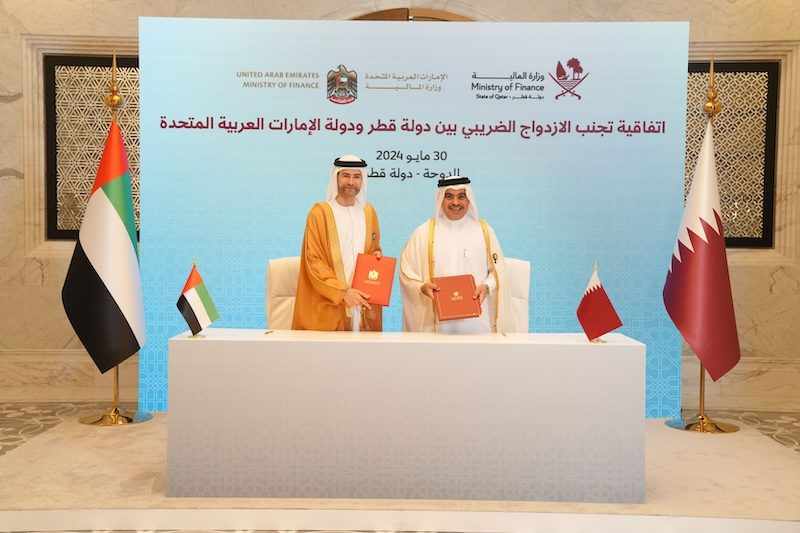GCC banks ‘have sufficient buffers’ to withstand Turkish risks
- Date: 07-Apr-2023
- Source: Zawya
- Sector:Financial Services
- Country:UAE
GCC banks ‘have sufficient buffers’ to withstand Turkish risks
GCC banks with Turkish subsidiaries have sufficient capital and profitability buffers to withstand financial risks from their operations in Turkiye (B/Negative), Fitch Ratings says.
Banks’ regulatory capital ratios would remain above minimum requirements, even in the event of a full write-down of the subsidiaries and before factoring in pre-impairment operating profit buffers.
The banks’ Viability Ratings (VRs) already reflect the risks from Turkish operations, and a downgrade of Turkiye would be unlikely to trigger VR downgrades given the banks’ strong buffers and their declining Turkish exposures (end-2022: 13% of group assets, on average), Fitch says.
ENBD and KFH most hit
“We estimate GCC banks with Turkish subsidiaries recorded about $1.9 billion of net monetary losses in 2022. Emirates NBD (ENBD) and Kuwait Finance House (KFH) were worst-affected in terms of the operating profit/risk-weighted assets (RWA) ratio, Fitch’s core profitability metric.
“Their ratios fell by about 60bp when the net monetary losses were included. Both banks have above-average Turkish exposure (17%–18% of assets at end-2022), although the share in KFH’s assets was higher before it acquired Ahli United Bank in October 2022. Net monetary losses would have been even higher without gains on Turkish CPI-linked bonds. GCC banks’ Turkish subsidiaries recorded TRY45.3 billion ($2.7 billion) of





















